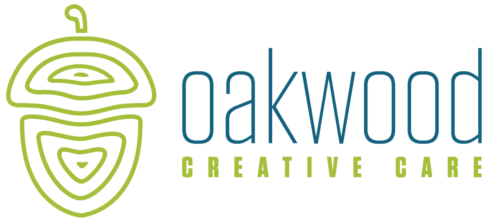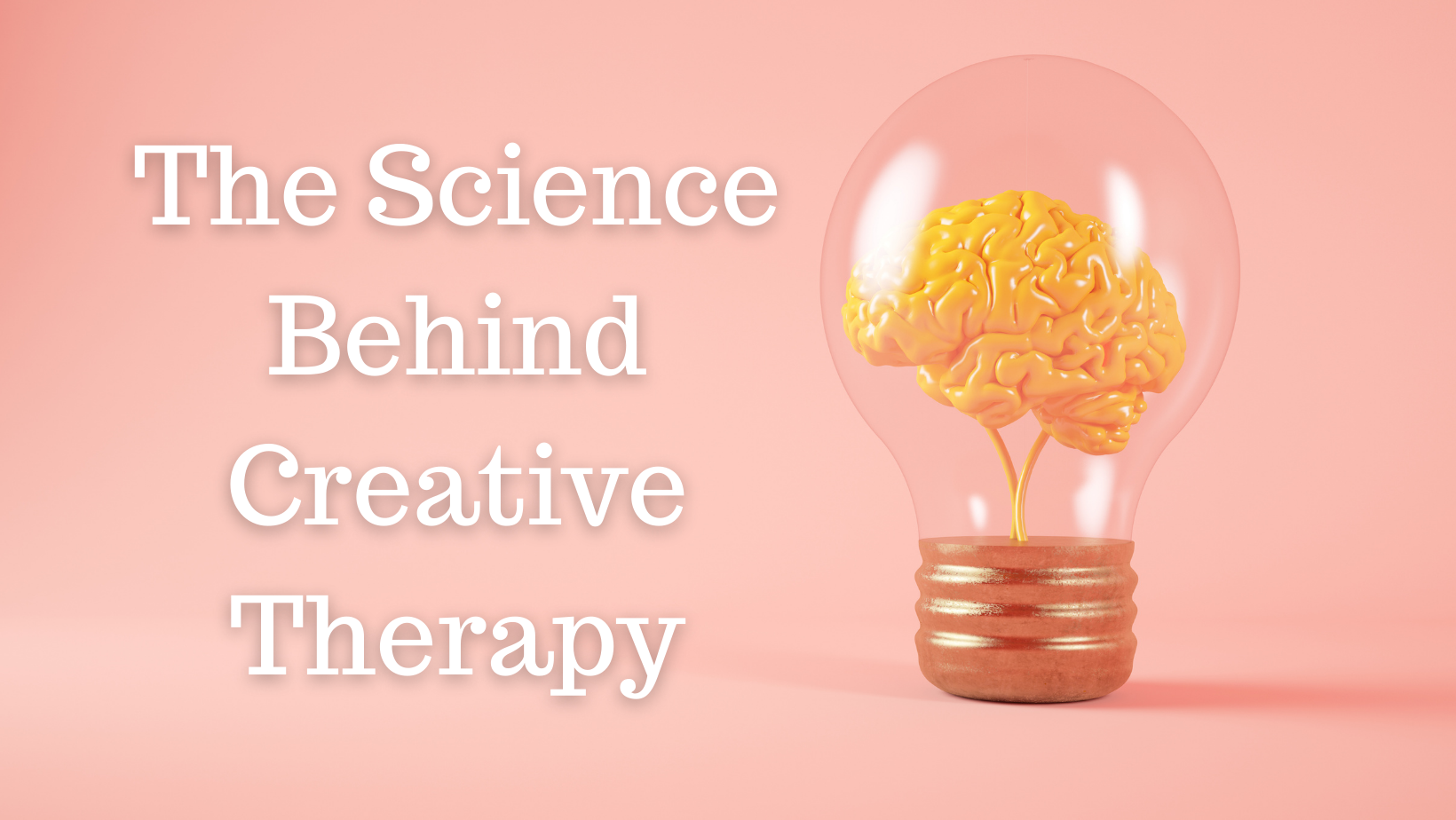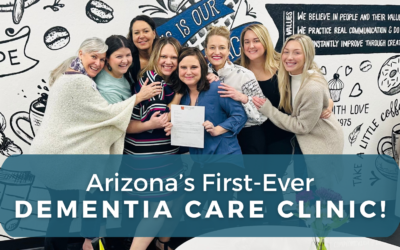Have you ever heard the theory of left versus right-sided brain dominance? As we know, the brain is divided between two symmetrical hemispheres, and this theory suggests that you can determine which side of the brain is more dominant depending on a person’s primary personality attributes. Based on this notion, it has long been perceived that a creative person is right-brained, whereas an analytical person is left-brained. But what happens when a portion of the brain’s oxygen supply is cut off during a stroke, causing the cells in that area to die? And how does that impact the survivor’s mental and emotional state, especially if their brain’s “dominant” side is affected? The truth is, creative therapy can be used to help stroke survivors regain some of their personhood, no matter which side of their brain is considered dominant.
The Truth About Being Left vs. Right-Sided
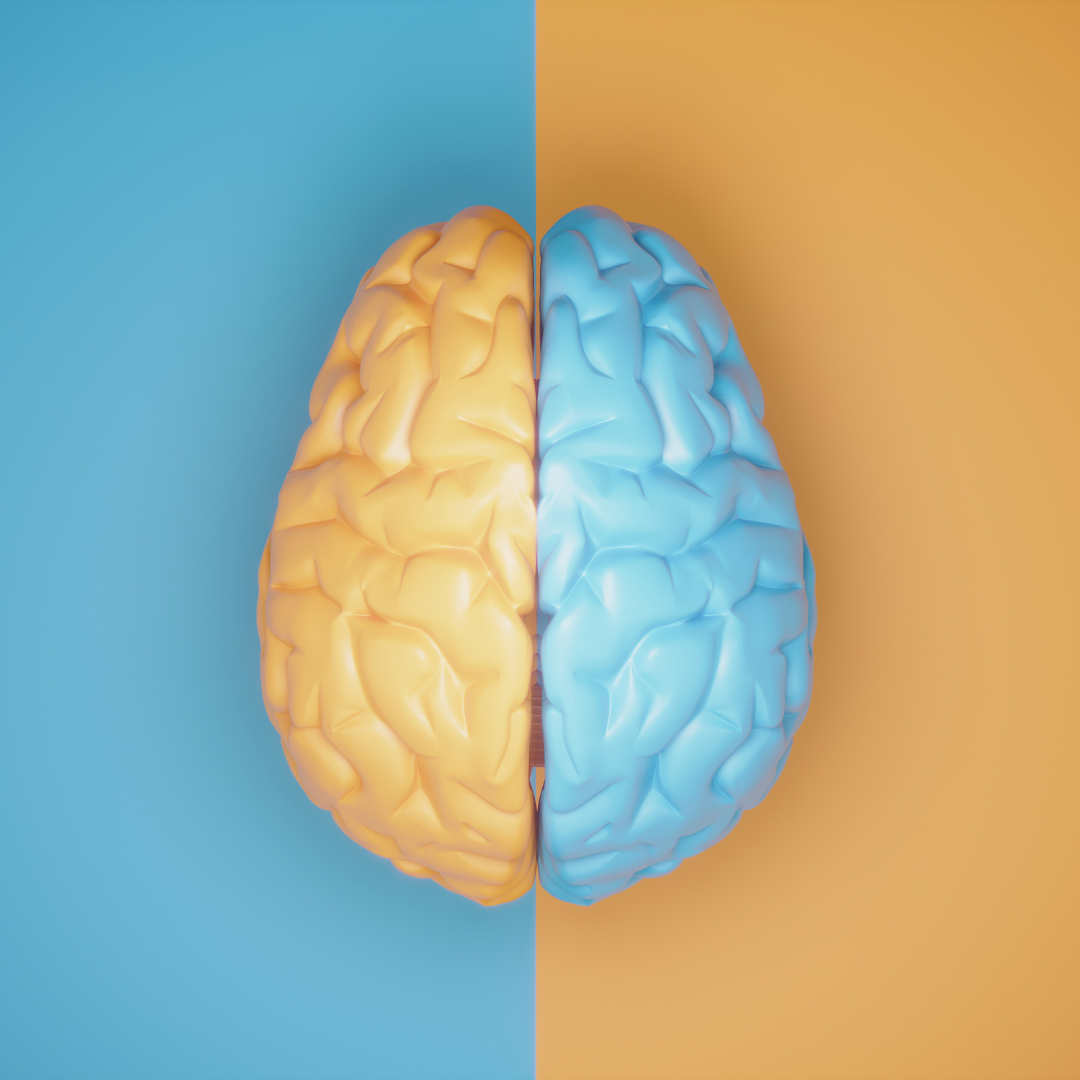
In the 1960s, psychobiologist and Nobel Prize winner Roger W. Sperry provided research-based evidence suggesting that the left and right sides of the brain are responsible for specific functions in thinking and personality-based strengths.
From this dated research, we began to believe that if a person is keen on mathematics, sequencing, and linear thinking, then the left side of their brain is more dominant. In comparison, this theory has also led us to believe that if a person is more fluid and creative in thinking, leaning towards visualization, imagination, and the arts, then the right side of their brain is dominant.
This theory has become a cornerstone in understanding how our brains work, but under the pretense that one side of our brain is stronger than the other. The truth is, this theory has been debunked as a myth, as demonstrated in a 2013 research review. In fact, neuroscientists have found that the brain’s hemispheres are tied together by intricate bundles of nerve fibers, creating an informational highway. Through this passage, both the left and right sides of the brain work together to create both logical and creative functions.
Two Halves Of A Whole
The fascinating thing about the brain is that it is tailored to learning and adaptable to change. Thanks to neuroplasticity, creative therapy has the vast potential to unlock new pathways, regardless of if a person’s brain is considered left or right-sided. Although either side of the brain is, indeed, responsible for operating specific functions within the body, they don’t act independently. Instead, they work together in a complementary fashion.
Healthline explains this in further detail, stating, “Whether you perform a logical or creative function, you receive input from both sides of your brain. For example, people credit the left brain with language, but the right brain helps you understand context and tone. The left brain handles mathematical equations, but the right brain helps out with comparisons and rough estimates.”
Whether you perform a logical or creative function, you receive input from both sides of your brain.
This means that, even if a stroke occurs in the right side of the brain, that does not remove a survivor’s capability of being artistic, nor does it limit the strengths of an analytical person who suffered a stroke to the left of their brain. Instead, the brain creates new channels of communication that bind both the hemispheres together in harmony. Through creative therapy, stroke survivors can relearn different practices or find new creative expressions that bring joy to their hearts because the brain will continue to function as a whole.
Using Creative Therapy To Heal Both Sides Of The Brain
So how does this revelation relate to recovering from a stroke? Well – regardless of which side of the brain has been impacted by a stroke, channeling into the brain’s creative center has been proven to offer significant physical and psychological benefits because it encourages both sides of the brain to work together.
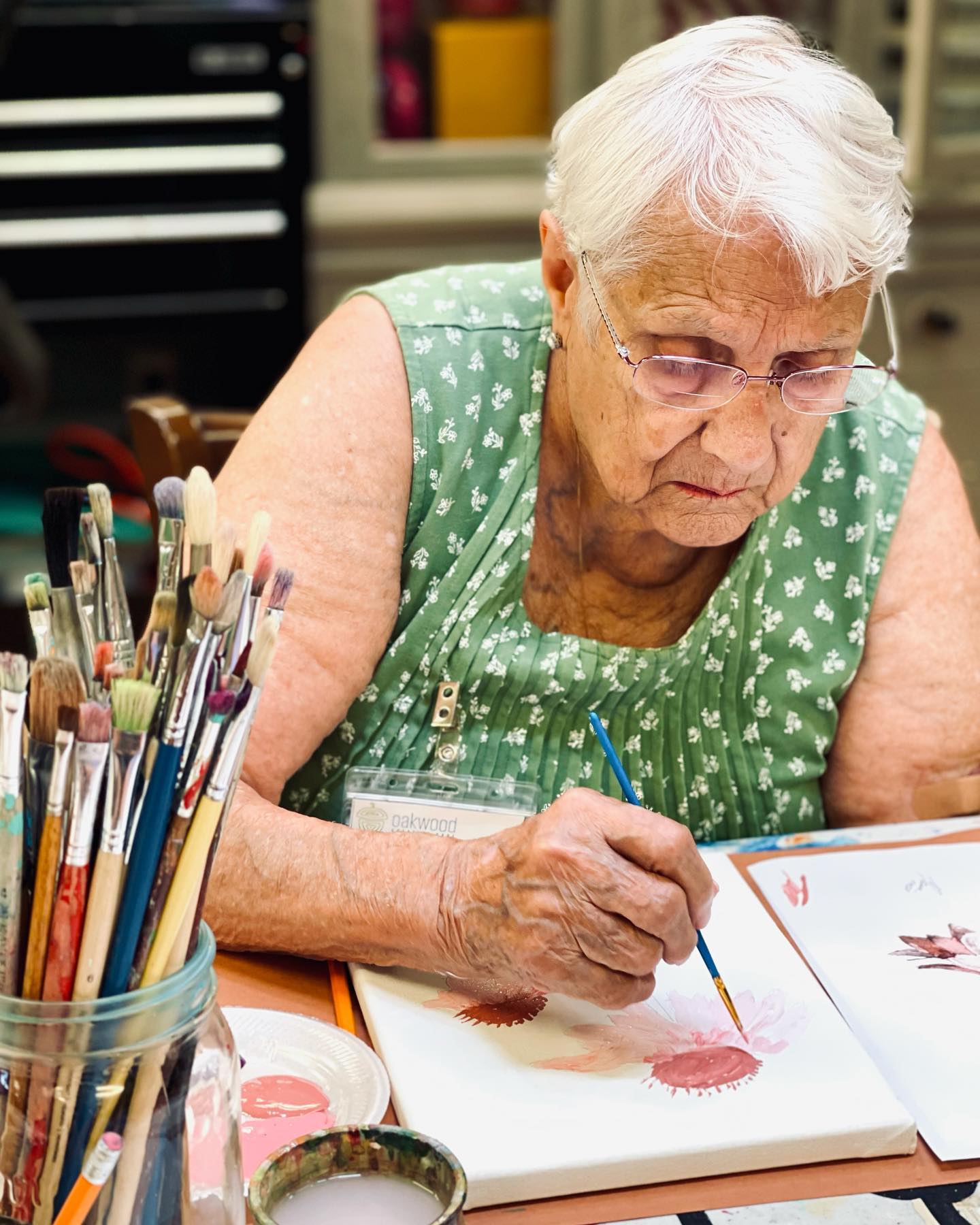
By promoting proper brain integration through drawing, painting, sculpting, and collaging, creative therapy acts as a binding between rebuilding logical and physical functionality and improving quality of life.
Noble Horizons states that, through creative therapy, both hemispheres of the brain are targeted to enhance healing. The right side of the brain is triggered to recognize spatial and visual information (such as recalling images and identifying color differences), while the left side of the brain is activated in analyzing information and performing organizational tasks.
Through this process, creating art can not only offer a soothing, therapeutic experience, but the handling of various art tools can create a platform in which survivors can work on rebuilding their fine motor skills and igniting their decision-making receptors.
There Is Creativity In Everyone
The beautiful thing about creative art therapy is its fluid nature. According to a systemic review of the arts, all arts-based interventions have a common goal of providing stimulation of different sensations, cultivating a safe environment for self-exploration, and encouraging creativity and imagination. It matters not what their experience might have been prior to suffering a stroke — everyone is an artist in their own right.
Creative therapy lends a new voice to stroke survivors struggling to regain their sense of self-esteem and designates a safe space for the visual representation of the feelings and words welling up inside them. Studies have proven that the application of different art forms offers greater freedom and flexibility. They have also shown that stroke survivors who partook in some form of creative therapy were able to boost their self-confidence, find motivation, and, most importantly, experience genuine moments of joy.
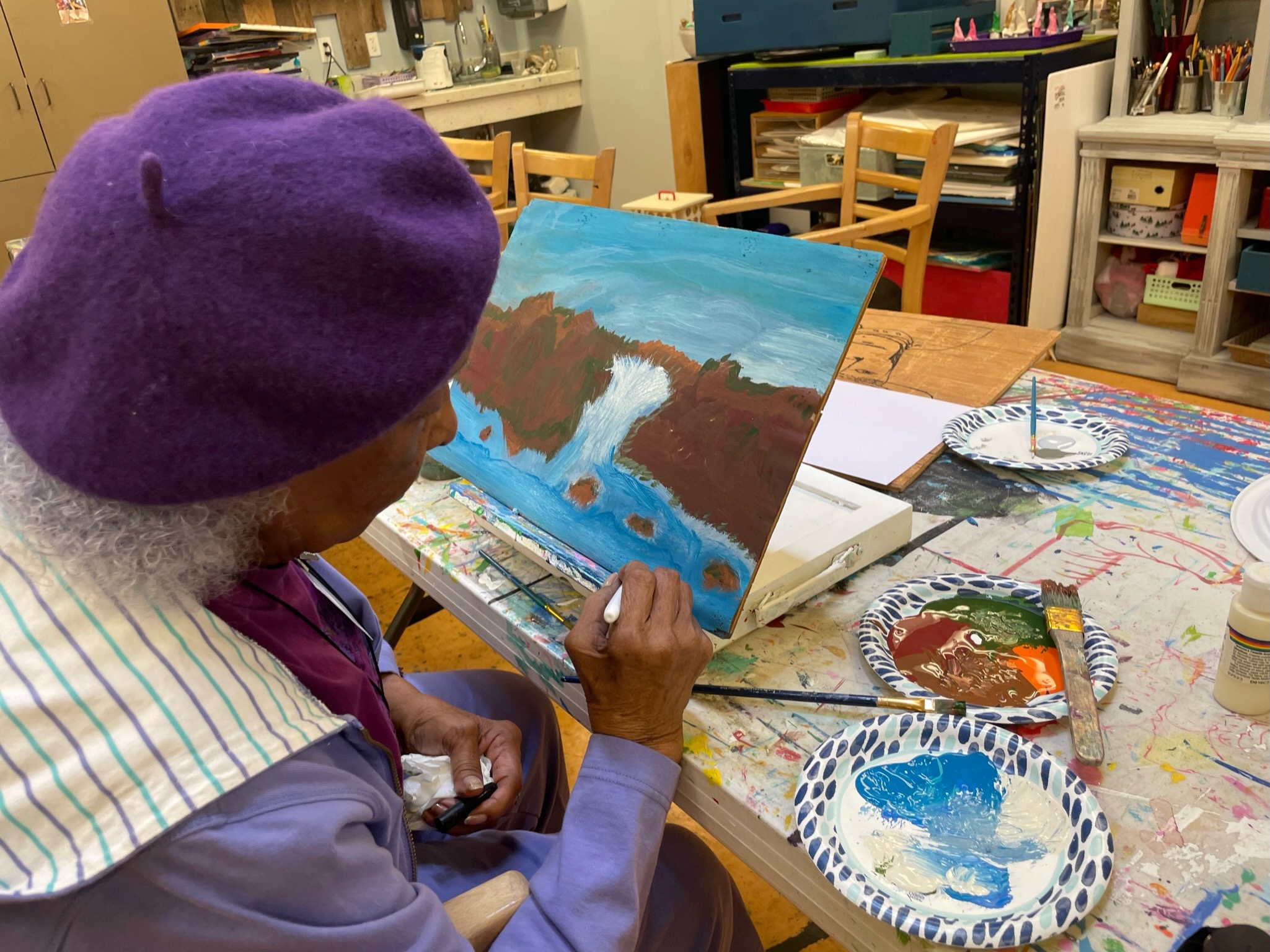
Oakwood Creative Care is bringing back the JOY in aging because a diagnosis should not define your life. Click the button below to learn more about the research-based, cutting-edge, creative care model found at each of our Day Clubs.
